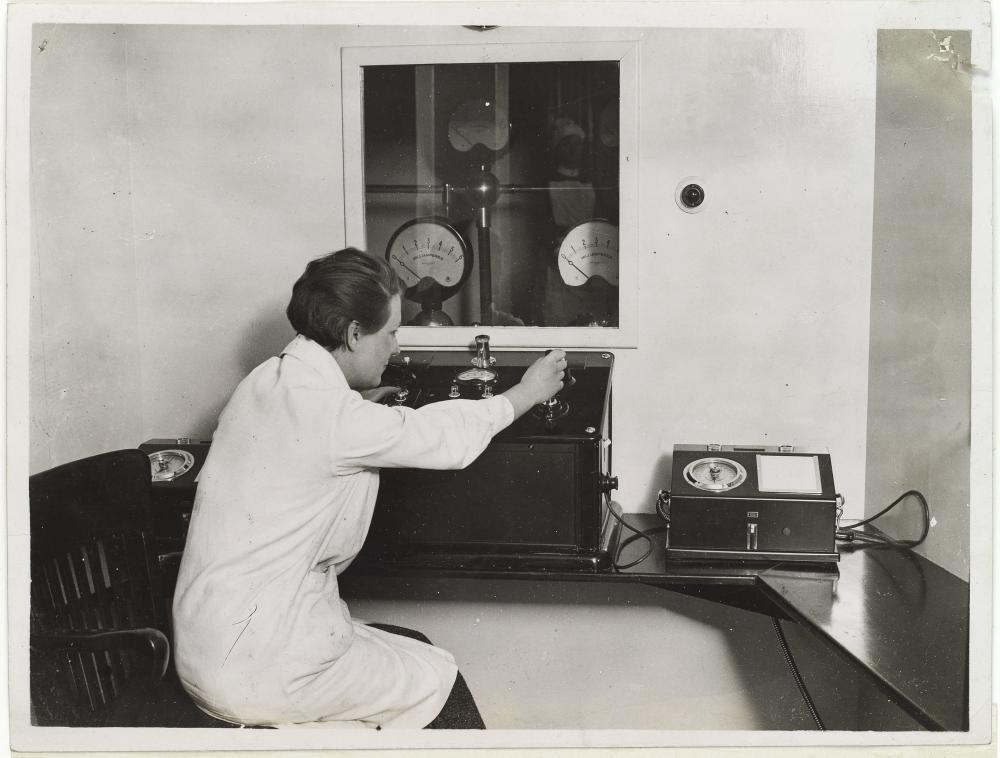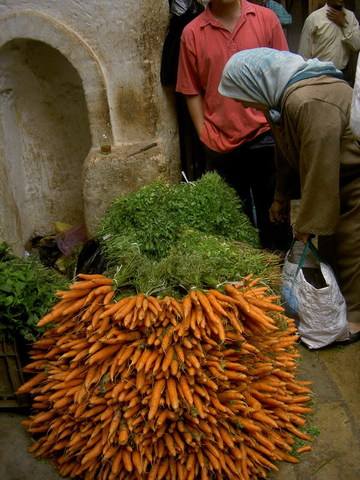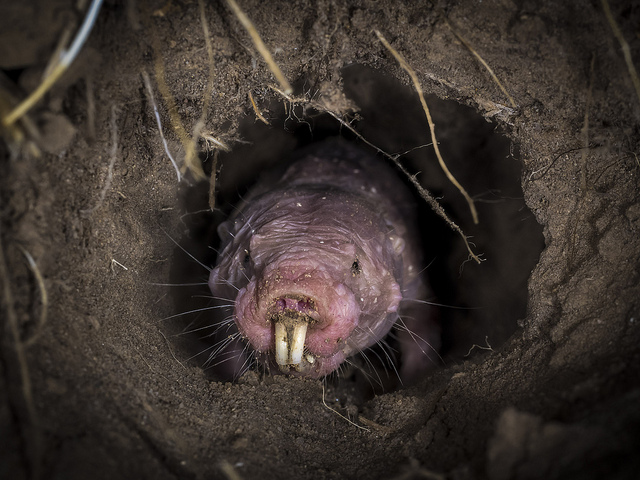We can detect and treat it better than ever, but preventing cancer is still far out of reach
The search for clues has led researchers to study animals who don't develop cancer at all
Raquel Marconato via Flickr
Doctors and scientists have gotten increasingly good at detecting cancer early and treating it effectively. Our level of understanding of molecular mechanisms has exponentially increased in the past decade, spurred on by advances in biotechnology. Therapies are starting to be tailored specifically to the genetic makeup of a single patient’s disease, rather than a “one size fits all” approach.

A new approach is needed
However, one area of research seems to be falling by the wayside, and that’s cancer prevention.
In the world of cancer research, prevention is shrouded in a hidden controversy. It isn’t controversial in the sense that researchers get in fights over it, but rather harbors mistrust and doubts that taint the field.
The main controversy stems from the scientific certainty that if you’re going to get cancer, you’re going to get it. The reason for this boils down to the fact that cancer is a genetic disease, and right now we can’t physically change the human genome. While there are some ways to reduce the chance of mutations – such as not smoking, which is the number one entirely preventable cause of cancer, healthy diet, exercise, and avoiding pollution – it is (as of now) entirely out of our control.
There have been numerous attempts (in the past few decades especially) to combat the genetics of cancer, mostly through large, diet-based studies. In the 1990s, it was discovered that a diet rich in fruits and vegetables was associated with a lower risk in certain types of cancers like lung, gastrointestinal, breast, and oral. A substance called β-carotene was thought to be the “it” factor behind this lower risk. Two clinical trials were launched in the United States and Finland to investigate the claim, called the Beta-Carotene and Retinol Efficacy Trial (CARET)and Alpha-Tocopherol and Beta-Carotene (ATBC) Trial, respectively. Both trials targeted populations at high risk for lung cancer, with some patients receiving β-carotene as a supplement and others placebos. Both trials ended in failure, with the β-carotene groups showing higher incidences of lung cancer in the end (up to 28 percent more in the U.S. trial).
Naturally, these trials just led to the assumption that the agent targeted (β-carotene) was wrong. Trials were launched on multiple other targets including folate, vitamin E , and retinols and retinoids (synthetic versions of Vitamin A, often used for skin treatments). None of these substances proved to have any efficacy in reducing cancer risk and in some cases (following in β-carotene’s footsteps) even increased cancer incidences. None of these substances could manipulate the genetics in our favor.

Not enough to prevent cancer.
Outside of failed trials, an important factor influencing the opinion of chemoprevention is money (and the related time). There are plenty of conspiracy theorists out there who believe big pharma is sequestering some magic drug that will cure all forms of cancer (let me stress quickly that there is no cure for cancer). However, lots of people and lots of companies do make quite a bit of money from cancer, particularly when it comes to drugs to treat disease. Yet government agencies, such as the National Institutes of Health, recognize the value of prevention studies and are still willing to fund them. The National Cancer Institute even has a separate cancer prevention department and a National Cancer Prevention Fund (NCPF) has been in effect since 1997.
The main issue with money and chemoprevention are not evil corporations and greedy executives, but rather the studies themselves. Even if a magic preventative therapy is discovered, the trials to determine the efficacy and effectiveness would take decades. Studies that tend to take a lot of time also take a lot of money and resources, which many funding agencies will shy away from. It’s unsurprising, as quicker results are more favorable for many reasons. It’s an uphill battle for those wishing to study cancer prevention.
These trials and the vast amount of resources needed have no doubt influenced the overall perception of the chemoprevention field. The tainted nature of preventative therapies stems from this failure, and the last large-scale preventative trial was put to an end almost 10 years ago. Instead of seeing it as a futile approach, some scientists have chosen to reconsider the approaches taken in prevention, attempting to move forward after the multiple failed trials. Nutrition, exercise, and lifestyle all vary from person to person based on age, gender, sex, etc. Instead of looking at environmental factors in large population studies, perhaps it was time to look more closely at some of the molecular resistance mechanisms that can be found in nature.
In the lab, mice and rats are used to model cancer mechanisms and test possible cancer drugs because they are really good at developing cancer. However, when it comes to studying cancer resistance, this propensity to develop cancer is not beneficial. In recent years, scientists have been turning to more non-conventional model organisms to study prevention.
There are examples of long-lived mammals who simply never develop cancer. These include horses, cows, whales, bats, elephants, blind mole rats, and (my personal favorite) naked mole rats. Something in their genetics or their biology is hardwired to fight against cancer. One of the main goals of preventative research is to develop a therapeutic strategy that is effective, efficient, and non-toxic. What better way to achieve this goal than to look at species who have evolved natural, effective strategies to combat cancer?

The picture of health
Yannick Francioli on Flickr
Most of these examples are wild animals, so it’s no surprise that it has taken this long to turn to them for answers. Through increasing studies on these unusual models, we have learned things like: elephants have 19 extra copies of the p53 tumor suppressor (perhaps the most important known cancer-fighting gene), some of which are completely new forms of p53 and are under the strict control of an adapted pseudogene (an imperfect gene copy); whales show an increase in genes that cause cells to accumulate mutations at a vastly slower rate; and blind mole rats have increased levels of high molecular mass hyaluronan (HMM-HA, which is a molecule found surrounding cells) that contributes to a more rigid structure of the matrix surrounding cells that may restrict tumor growth – similar to mechanisms that naked mole rats display.
From these examples, it’s becoming clear that the secret of cancer resistance lies in how the genome is maintained. Cancer is a genetic disease brought on by the accumulation of mutations. These species have ways to either prevent accumulation of mutations, prevent mutations from occurring in the first place, or restrict cancerous growth, all of which seem to be under a higher level of control than humans. While humans do have some level of control, it is unmatched with that of these unusual animals.
I will admit, I was a doubter for a long time. In my undergrad, I worked on a few projects involving basic mechanisms. For my master’s degree, I was working on breast cancer detection. I was firmly held in the belief that these areas were the be all and end all of cancer research. There was no hope in prevention. In my mind, cancer was too good.
Then I was presented with an opportunity to work with naked mole rats for my PhD project. I jumped at the chance, mainly cherishing the novelty of working with a unique model system. The idea for the project is that naked mole rats appear to never develop cancer – but can we force them to? Or are their genetics and cancer fighting mechanisms so great that even genetic manipulation can’t mess with them? From my hours now spent reading papers on naked mole rats and other cancer-resistant animals like them, I can see some of the promise that they show. I see the hope of harnessing some of these mechanisms and applying them to humans, to save pain and heartache for numerous families and individuals.
The molecular biology of humans is amazing. The level of coordination of thousands of genes, millions of proteins, and a billion tiny mechanisms that occur minute-to-minute is astounding. For years, these mechanisms persist, keeping us alive and well, functioning almost perfectly. When it comes down to it, the amount of mutations the human body can work with before succumbing to cancer is almost shocking. We can work around issues pretty well, but in the end, cancer comes, and when it does it’s difficult to fully eliminate. The promise of these new model systems and emerging resistance mechanisms is quietly crushing the controversy surrounding chemoprevention studies and support for the field is rising.
Cancer prevention is a difficult pursuit, but it is not a futile one.